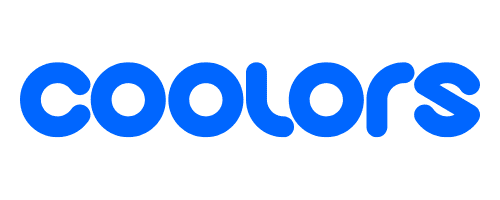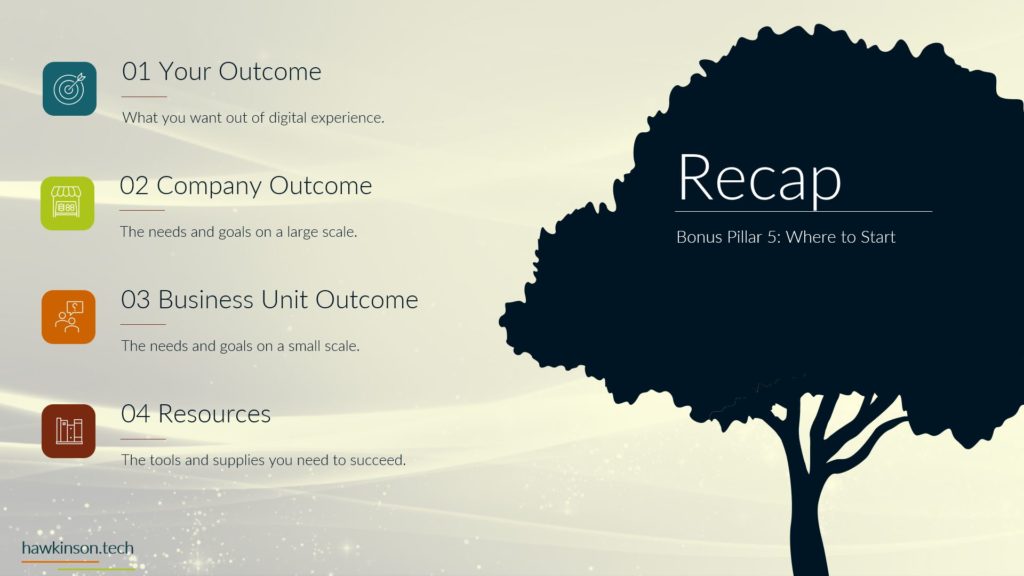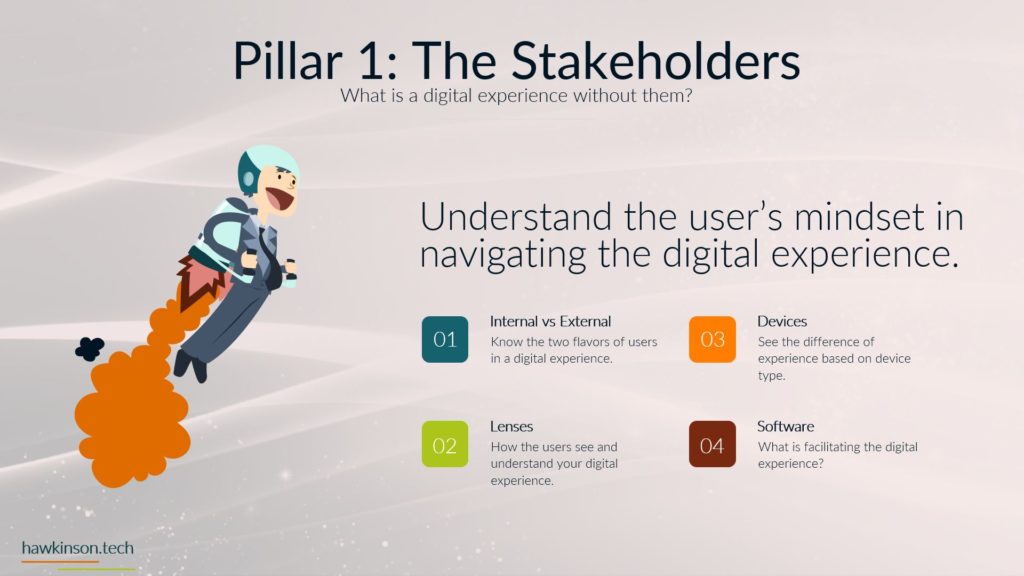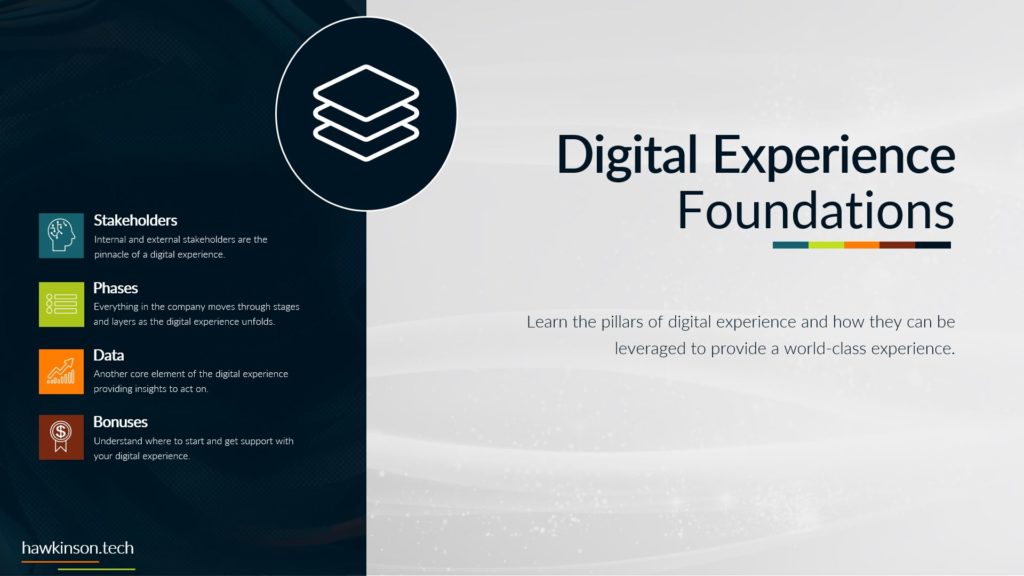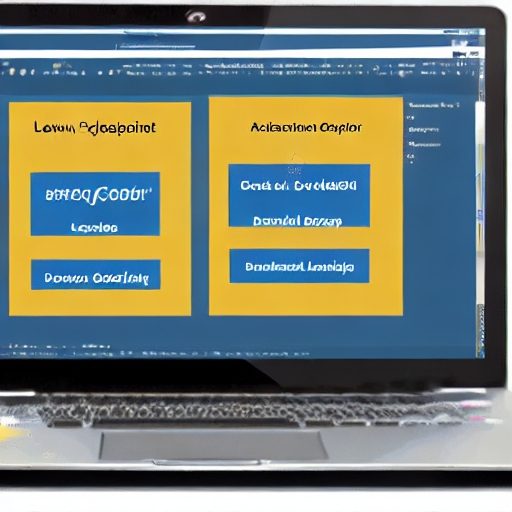Coolors is an online color palette generator that allows users to create beautiful color schemes for their design projects easily. With its intuitive interface and powerful tools, Coolors is a must-have tool for any designer or creative professional looking to streamline their color selection process.
Its three core features include:
Key Features
- Color Palette Generator: Coolors allow you to generate beautiful color palettes with just a few clicks. You can choose from various color schemes, including monochromatic, analogous, triadic, and complementary colors.
- Customization Tools: Coolors lets you customize your color palettes to your liking. You can adjust the saturation and brightness of each color and rearrange and remove colors to create the perfect palette.
- Export Options: Coolors makes it easy to export your color palettes in various formats, including PNG, SVG, and PDF. You can also share your palettes with others via social media or email.
Other features to keep in mind include the following:
- Integration With Design Software: Coolors can be integrated with popular design software such as Photoshop, Illustrator, and Sketch, making it easy to use color palettes directly in your designs.
- Accessibility Features: Coolors offers accessibility options such as contrast check, ensuring your color palettes meet accessibility standards.
- Collaboration Tools: You can share your color palettes with other team members, making it easy to collaborate on design projects.
- Exporting: Users can easily export their color palettes in various formats such as CSS, SVG, and PNG, making it easy to use them in different projects and design tools.
- Accessibility Checker: Coolors also includes an accessibility checker, which helps users ensure that their color palettes meet accessibility standards for people with visual impairments.
- Browser Extension: Coolors offers a browser extension for Chrome and Firefox, allowing users to generate color palettes and copy colors directly from websites they visit.
- Color Picker: The platform also provides a tool that allows users to select colors from anywhere on their screen.
- Trending Palettes: Coolors offers a feature showcasing trending color palettes, inspiring designers and creatives.
Library of Palettes: Coolors has curated color palettes that various criteria, such as popularity, date, and tags, can sort.
